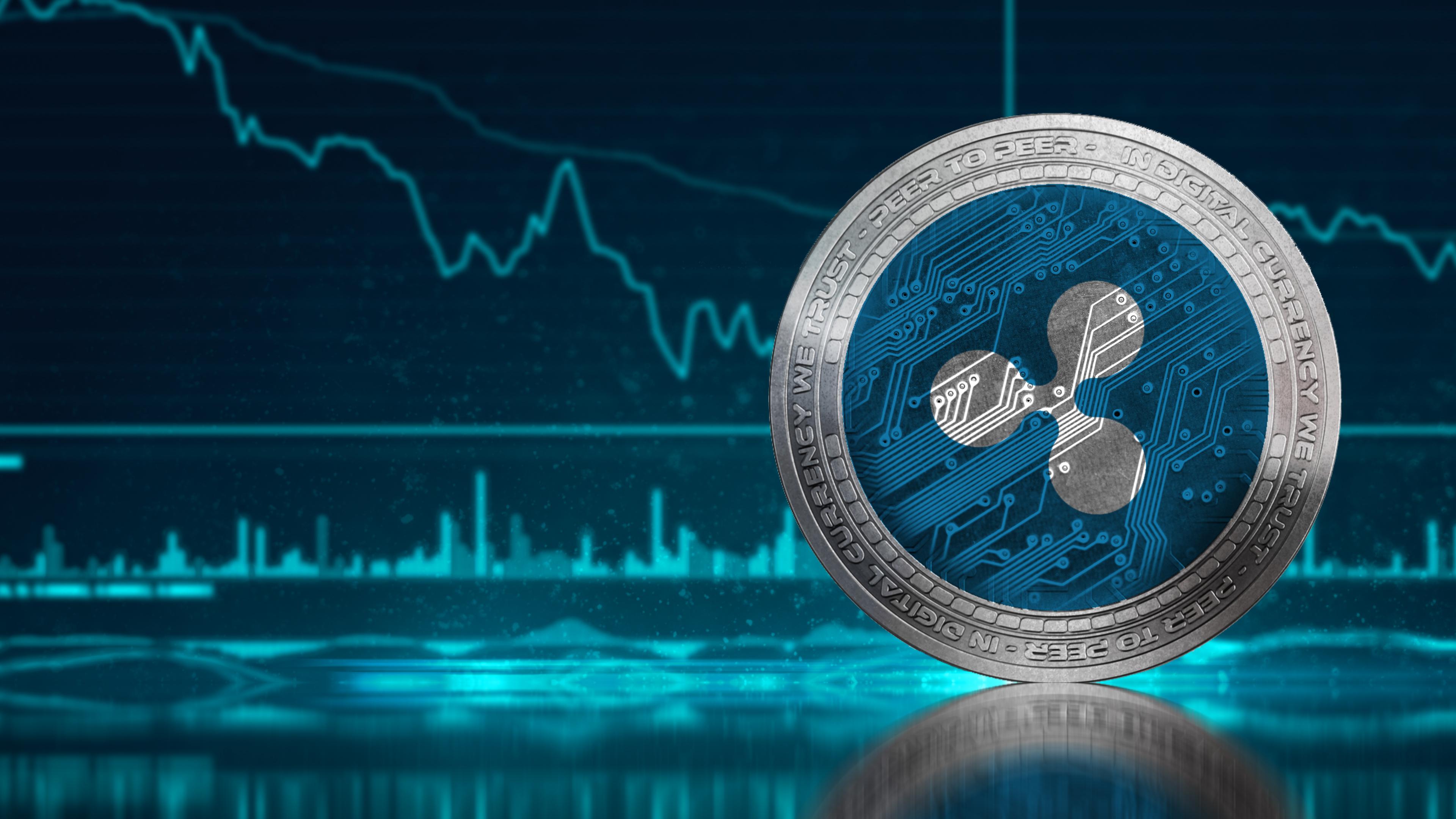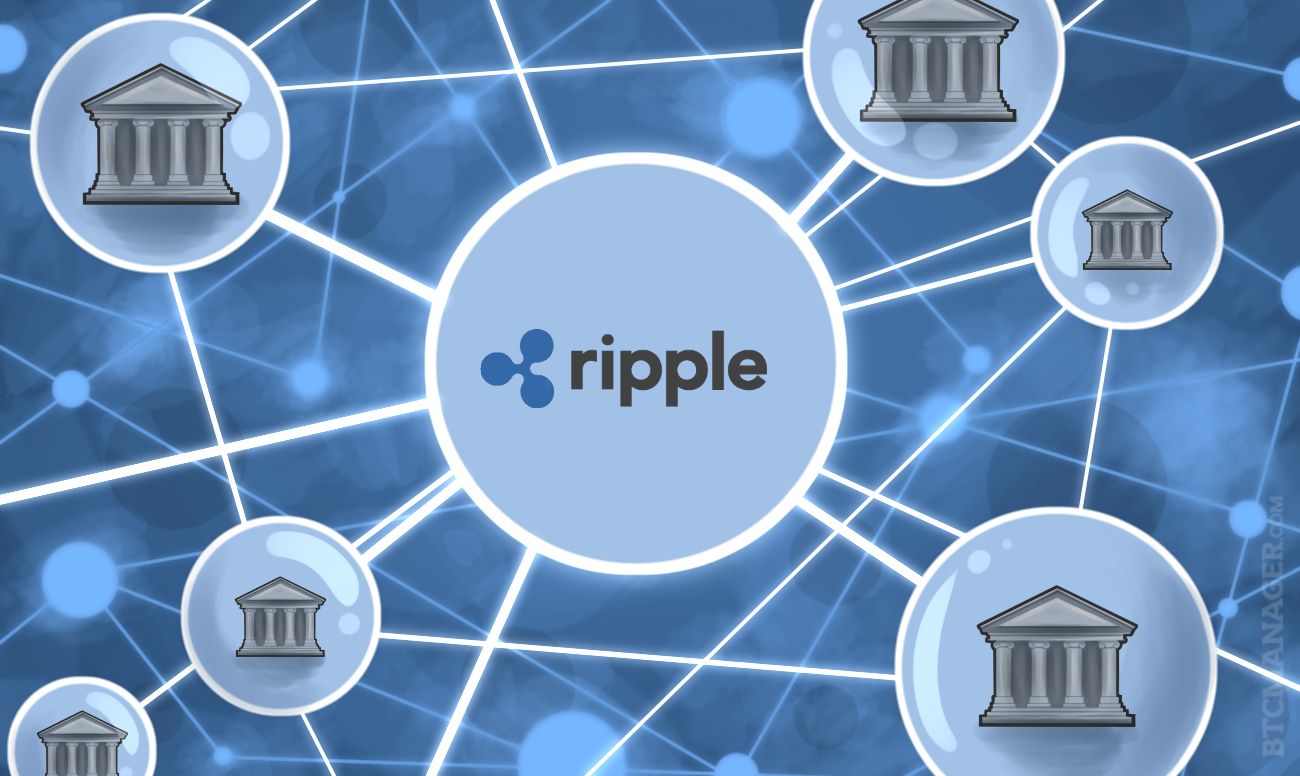Ripple XRP

Ripple is a global payments network that utilizes a digital asset called XRP to facilitate fast and cost-effective cross-border transactions. It’s not just a cryptocurrency; it’s a complete ecosystem that aims to revolutionize the way money moves around the world.
History and Origins
Ripple Labs, the company behind Ripple, was founded in 2011 by Jed McCaleb and Chris Larsen. The initial vision was to create a faster and more efficient way to send money internationally, addressing the limitations of traditional banking systems. Ripple was initially known as “OpenCoin” and focused on building a peer-to-peer payment network. In 2012, the company launched XRP, its native digital asset, to facilitate transactions within the Ripple network.
Technology Behind Ripple
Ripple’s technology operates on a distributed ledger, which is a shared and synchronized database that records transactions across multiple computers. This distributed ledger, called the XRP Ledger, ensures transparency and security. Unlike Bitcoin, which relies on a proof-of-work consensus mechanism, Ripple uses a consensus algorithm called “federated consensus” to validate transactions. This algorithm allows for faster transaction speeds and lower transaction fees.
Use Cases and Applications
Ripple’s technology has a wide range of potential applications in the financial industry, including:
- Cross-border payments: Ripple’s network enables faster and cheaper international money transfers compared to traditional banking systems. It allows financial institutions to settle payments in real-time, reducing delays and costs associated with traditional methods.
- Foreign exchange: Ripple can be used to facilitate foreign exchange transactions between currencies. Its network allows for efficient and transparent currency conversions, reducing the need for intermediaries and improving liquidity.
- Micropayments: Ripple’s technology is well-suited for handling small-value transactions, making it ideal for micropayments and other applications that require low transaction fees.
- Financial inclusion: Ripple’s network can help to bring financial services to underserved populations by providing access to affordable and reliable payment solutions.
Comparison with Other Cryptocurrencies
Ripple and XRP are often compared to other cryptocurrencies like Bitcoin and Ethereum. Here’s a comparison:
| Feature | Ripple XRP | Bitcoin | Ethereum |
|---|---|---|---|
| Purpose | Global payments network | Decentralized digital currency | Decentralized platform for smart contracts and DApps |
| Consensus mechanism | Federated consensus | Proof-of-work | Proof-of-stake |
| Transaction speed | Fast (seconds) | Slow (minutes) | Faster than Bitcoin, but slower than Ripple |
| Transaction fees | Low | Can be high, depending on network congestion | Can be high, depending on network congestion |
| Decentralization | Partially decentralized | Highly decentralized | Highly decentralized |
Ripple’s focus on real-world applications and its partnership with financial institutions distinguishes it from other cryptocurrencies that primarily serve as decentralized digital currencies.
XRP’s Market Dynamics

XRP, the native cryptocurrency of the Ripple network, has experienced significant market fluctuations, making it a fascinating case study in the world of digital assets. Understanding the forces that drive XRP’s price movements is crucial for investors and traders alike.
Market Capitalization and Trading Volume
XRP’s market capitalization is a measure of the total value of all XRP in circulation. It is calculated by multiplying the current price of XRP by the total number of XRP in circulation. As of [current date], XRP’s market capitalization is approximately [current market cap], placing it among the top [ranking] cryptocurrencies in terms of market size.
Trading volume, on the other hand, represents the total amount of XRP traded within a specific period. It indicates the level of activity and liquidity in the XRP market. XRP typically boasts a high trading volume, often ranking among the most actively traded cryptocurrencies.
Factors Influencing XRP’s Price
Several factors influence XRP’s price fluctuations, making it a complex and dynamic asset.
Ripple’s Business Activities
Ripple, the company behind XRP, plays a significant role in shaping the cryptocurrency’s price. The company’s partnerships with financial institutions and its ongoing development of RippleNet, a global payments network, can have a direct impact on XRP’s value. Positive developments, such as new partnerships or successful product launches, can lead to increased demand for XRP, driving its price higher. Conversely, negative news or regulatory challenges facing Ripple can result in price declines.
General Market Sentiment
Like other cryptocurrencies, XRP is susceptible to the overall sentiment in the broader cryptocurrency market. Periods of bullish sentiment, fueled by positive news and investor confidence, can lead to increased demand for XRP, driving its price up. Conversely, bearish sentiment, often triggered by negative news or regulatory uncertainty, can result in decreased demand and lower prices.
Adoption and Use Cases
The adoption and use of XRP as a payment currency or for other purposes can also influence its price. As more businesses and individuals embrace XRP for cross-border payments, remittances, or other applications, the demand for XRP is likely to increase, potentially driving its price higher.
Regulatory Environment
The regulatory environment surrounding cryptocurrencies, particularly XRP, can have a significant impact on its price. Favorable regulations can boost investor confidence and encourage adoption, leading to price increases. Conversely, unfavorable regulations or regulatory uncertainty can create volatility and dampen investor enthusiasm, potentially resulting in price declines.
Key Exchanges and Platforms
XRP is traded on a wide range of cryptocurrency exchanges and platforms, including:
- Binance
- Coinbase
- Kraken
- Bitstamp
- Huobi
- OKEx
The availability of XRP on major exchanges and platforms contributes to its liquidity and accessibility for investors.
Volatility
XRP is known for its volatility, meaning its price can experience significant fluctuations in a short period. This volatility is driven by several factors, including news events, market sentiment, and regulatory developments.
Compared to other cryptocurrencies, XRP’s volatility can vary depending on the specific time period and market conditions. During periods of high market volatility, XRP’s price may experience more significant fluctuations compared to other cryptocurrencies with a larger market capitalization.
“XRP’s volatility is a double-edged sword. It can create opportunities for investors seeking high returns but also poses risks for those seeking stability.”
Ripple’s Ecosystem and Partnerships: Ripple Xrp

Ripple Labs plays a crucial role in the XRP ecosystem. It’s the company behind the XRP ledger, the technology that underpins the XRP cryptocurrency. Think of Ripple Labs as the architect and builder of the XRP ecosystem, constantly working to improve and expand it. Ripple Labs is responsible for developing and maintaining the XRP Ledger, promoting its adoption, and building partnerships with financial institutions.
Key Partnerships
Ripple has formed strategic partnerships with numerous financial institutions and businesses worldwide, aiming to streamline cross-border payments and enhance financial inclusion. These partnerships are crucial for the adoption and growth of XRP, demonstrating its practical applications in the real world.
- Financial Institutions: Ripple has partnered with major financial institutions like Banco Santander, MoneyGram, and American Express to facilitate faster and cheaper cross-border payments using XRP. These partnerships demonstrate XRP’s potential to revolutionize traditional financial systems.
- Payment Providers: Ripple has also partnered with payment providers like WorldRemit and Azimo to offer their customers a more efficient and cost-effective way to send money internationally. This collaboration expands XRP’s reach and promotes its use in real-world payment scenarios.
- Technology Companies: Ripple has partnered with technology companies like IBM and Microsoft to integrate XRP into their existing systems and solutions. These partnerships leverage the power of XRP’s technology to enhance existing platforms and drive innovation in the financial sector.
Impact of Partnerships
Ripple’s partnerships have significantly impacted the adoption and growth of XRP. These collaborations have led to:
- Increased Liquidity: Partnerships with financial institutions have contributed to increased liquidity in the XRP market, making it easier for businesses and individuals to buy and sell XRP. This improved liquidity fosters wider adoption and strengthens XRP’s value proposition.
- Enhanced Network Effects: The more institutions and businesses adopt XRP, the more valuable it becomes. This network effect drives further adoption and creates a virtuous cycle of growth for the XRP ecosystem.
- Real-World Applications: Partnerships with payment providers and technology companies have demonstrated XRP’s practical applications in real-world scenarios. These use cases showcase the value of XRP beyond speculation and drive its adoption by businesses and consumers.
Regulatory Landscape, Ripple xrp
The regulatory landscape surrounding Ripple and XRP is complex and evolving. Regulators are still grappling with the implications of cryptocurrencies and blockchain technology. Ripple has been actively engaging with regulators to ensure compliance and foster a more favorable regulatory environment for XRP.
- SEC Investigation: The US Securities and Exchange Commission (SEC) has been investigating Ripple since 2020, alleging that XRP was sold as an unregistered security. The outcome of this investigation could have significant implications for the future of XRP and the cryptocurrency industry as a whole.
- Global Regulatory Landscape: Different jurisdictions around the world have varying regulations regarding cryptocurrencies. Ripple is working with regulators in different countries to ensure compliance and promote the responsible adoption of XRP.
Ripple XRP, a cryptocurrency designed for cross-border payments, has been gaining traction in the financial world. Its unique technology promises to revolutionize how money moves globally. While the world of finance is evolving rapidly, it’s important to remember the fundamentals of everyday life, like finding the right chair height for a 30 inch table for comfortable working or dining.
Just as the right chair height enhances productivity and well-being, Ripple XRP aims to streamline financial transactions, fostering a more efficient and interconnected global economy.
Ripple XRP, a cryptocurrency designed for facilitating cross-border payments, is often analyzed for its potential to disrupt traditional financial systems. While its future remains uncertain, the underlying technology and its potential applications continue to garner interest. Much like the craftsmanship and design of a walnut chair side table , Ripple XRP’s success hinges on its ability to offer a practical solution that meets the evolving needs of the global financial landscape.
The future of Ripple XRP, like the value of a well-crafted piece of furniture, will be determined by its ability to withstand the test of time and adapt to changing trends.
